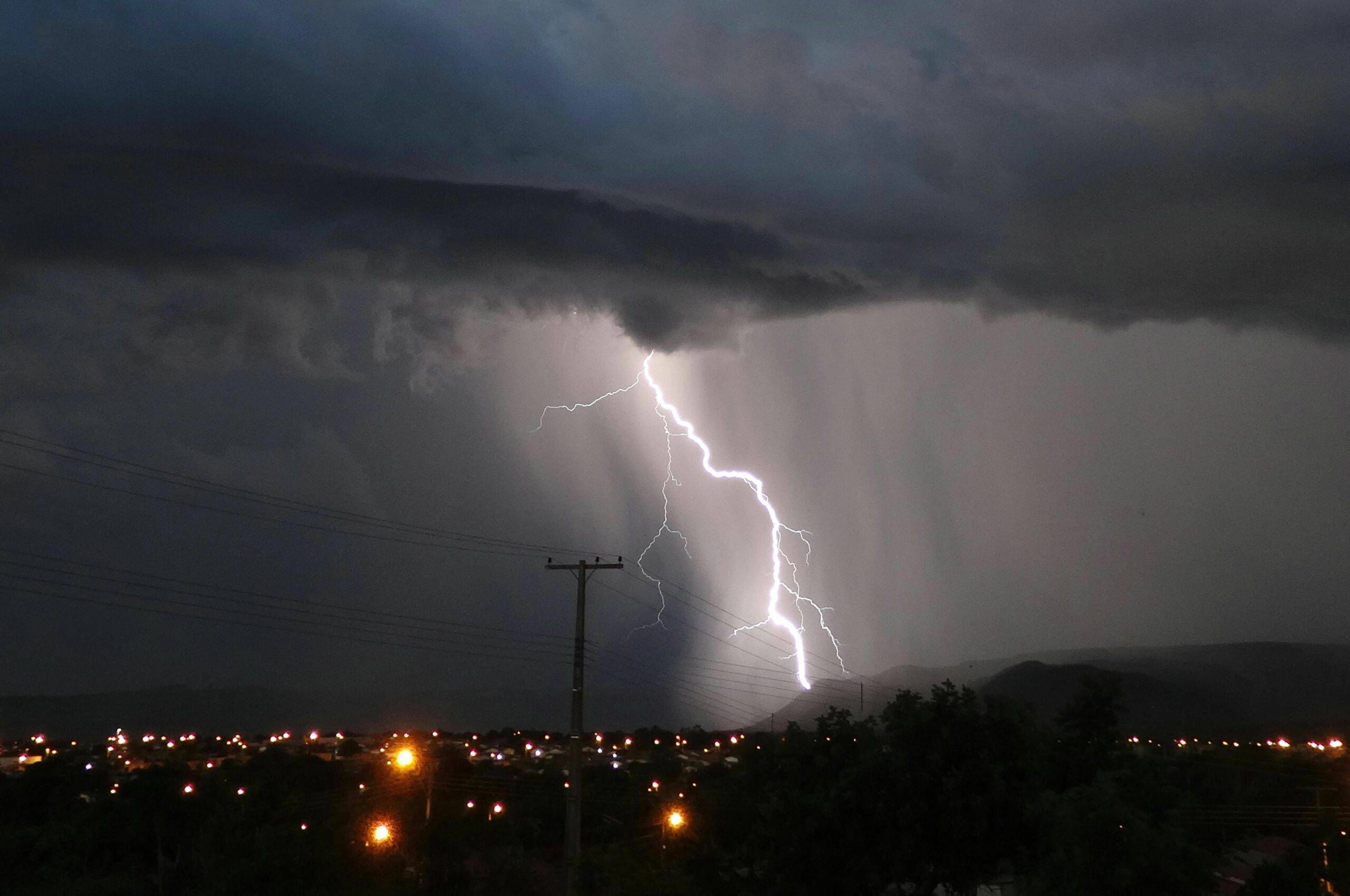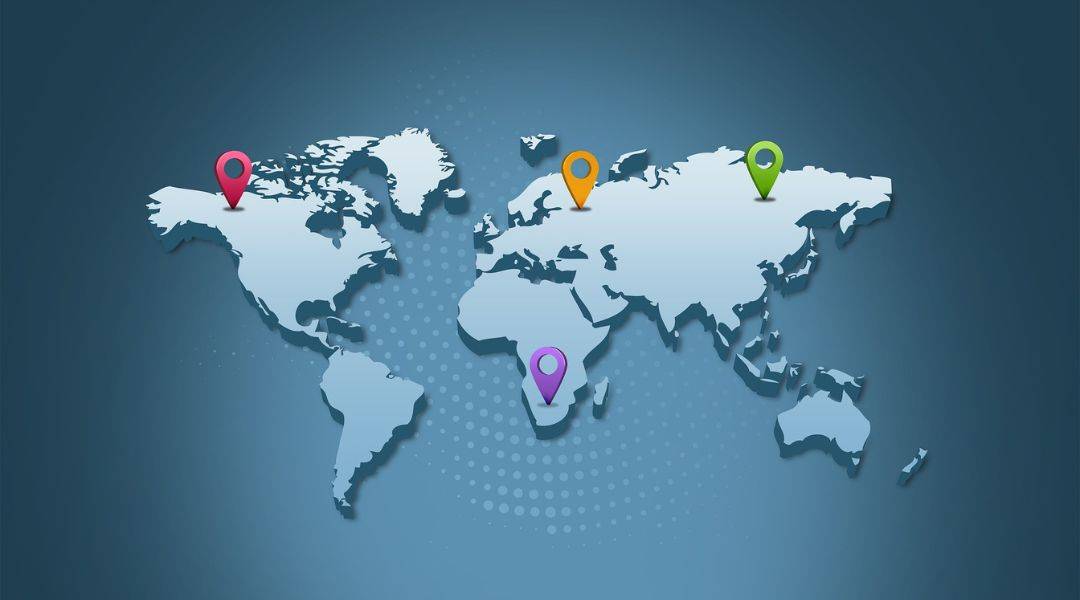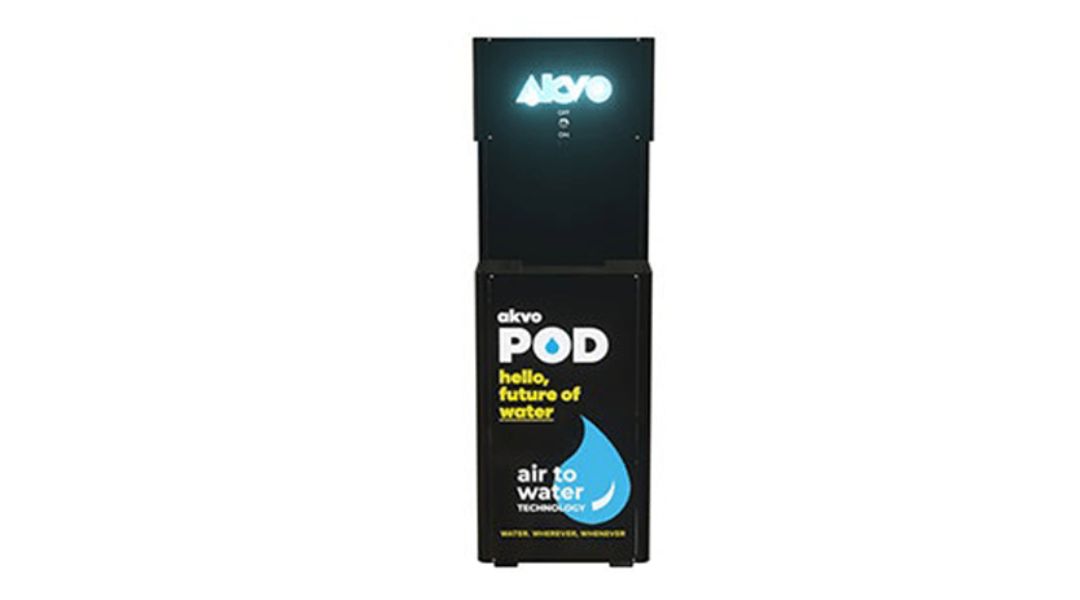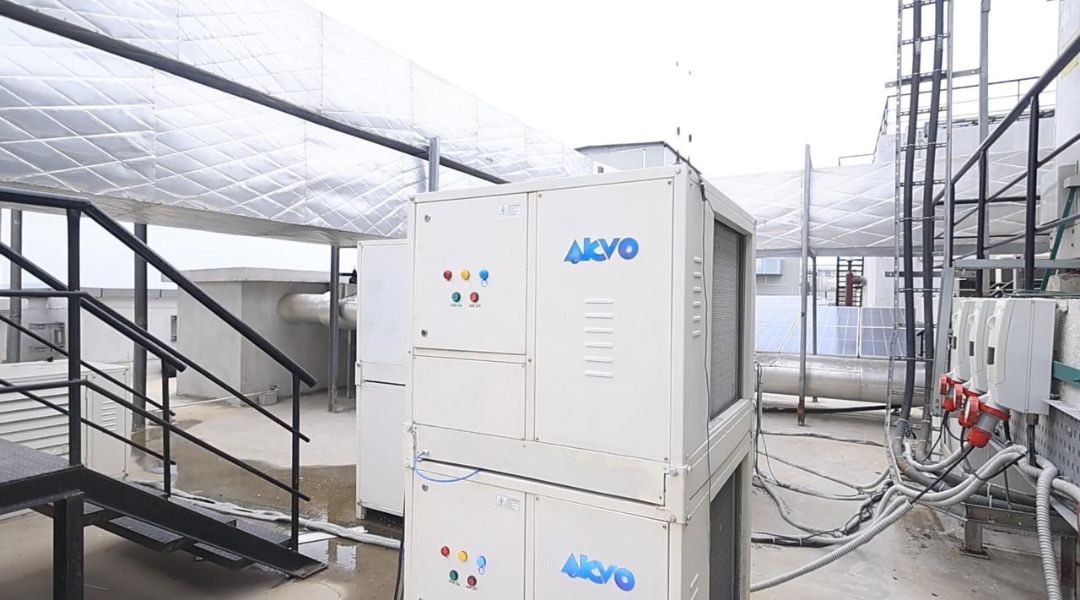Hyderabad, If the current pandemic has brought with it a lesson, it is that of being self-sufficient. Each growing day, it is making the human race realize the importance of being ready for an uncertain future. To meet this challenge to some extent, India’s largest AWG manufacturers, AKVO Atmospheric Water Systems Pvt Ltd have introduced the country’s first home model of Atmospheric Water Generator, AKVO Pod, in Hyderabad, a machine that can produce pure and healthy drinking water from air. The machine is ideal for homes, offices and small businesses and can make up to 50 litres of pure drinking water per day. AKVO atmospheric water generators are equipped with a superior filter system that has an antimicrobial air filter to remove impurities from the air and UV Type C filtration to destroy any harmful microbes.
The water warrior, Mr. Navkaran Singh Bagga, Founder and CEO AKVO Atmospheric Water Systems Pvt Ltd, speaking about the launch of the all new AKVO POD, the first indigenously Made in India, atmospheric water generatorsaid, “Although being home to nearly a sixth of the world’s population, India only gets 4% of the Earth’s fresh water. It has been our endeavour to change the dynamics by bringing water supply to the Indian masses at a very cost efficient and sustained manner. 70% of Indians have poor or no access to safe drinking water and 22% of Indians do not have water reaching their homes. With only 60% of water available for consumption by 2030 we are alarmingly marching towards a crisis that will require human intervention right away otherwise we will stare at a third world war and this time over water.”
He further added, “During this ongoing pandemic people are unsure about the safety and cleanliness of the bottled water jars used widely in offices and homes as it changes many hands and may be contaminated. This has propelled the demand for a home/office machine which can produce pure drinking water without any contamination. Our machines come with the highest level of UV filtration – Type C- that can help kill viruses and bacteria of the highest order. We hope, with AKVO Pod, we can reduce some of our dependency on groundwater and make ourselves future ready and water independent.”
In 2019, a sluggish monsoon that brought little rainfall in Telangana, had put Hyderabad on the brink of a water crisis with only 48 days of drinking water left. After Chennai, it would have been the second city to run out of water. Although the state Government has taken necessary measures to avoid such a circumstance, it is but a harsh reality that the entire country is staring at the face of acute water crisis. 12 per cent of India’s population is already living the ‘Day Zero’ scenario, thanks to excessive groundwater pumping, an inefficient and wasteful water management system and years of deficient rains. According to the Composite Water Management Index (CWMI) report released by the Niti Aayog in 2018, 21 major cities including Delhi, Bengaluru, Chennai, Hyderabad and others are racing to reach zero groundwater levels by 2020, affecting access for 100 million people. The Chennai water crisis of last year gave an experience of the seriousness of the issue. The CWMI report also states that by 2030, the country’s water demand is projected to be twice the available supply, implying severe water scarcity for hundreds of millions of people and an eventual six per cent loss in the country’s GDP. The World Health Organization (WHO) states that an individual requires around 25 litres of water daily for meeting his/her basic hygiene and food needs. The world and our country need an immediate and long-term solution to the water issues.
AKVO Atmospheric Water Systems is a pioneer in producing India’s first indigenously manufactured atmospheric water generator. AKVO Pod provides safe and pure drinking water using the AWG technology which replicates the natural process of condensation by simulating a dew point, which allows it to make water continuously, even in low humidity conditions. AKVO Pod works on a simple plug and play method and consumes half a unit of electricity to run for an hour. The AKVO Pod has been priced at INR 99,000 inclusive of GST with direct to home delivery and installation.
AKVO has sold over 200 machines in India and Gulf countries. Moreover, the water generated by AKVO is cheaper than any RO/UV or bottled market water. While the RO/UV filtrated water wastes 4 litres of water for just 1 litre of drinking water, AKVO has zero water wastage. The bottled mineral water jars which is marketed is available anywhere between INR 4.50 to INR 5.00 per litre and always has the cleanliness suspicion tag attached with it, while the cost of water generated through AKVO AWG is only INR 1.75 to INR 2.00 per litre. The products of AKVO are designed to run at temperatures ranging from 10-degree Celsius to 60-degree Celsius with humidity factor of 30-80%, making it a viable model to deploy in coastal and hilly areas, especially in tropical countries that are rich in atmospheric moisture content. Even bigger units ranging from a 100 litres per day to 1000 litres per day are also available for larger usage.
View Article





